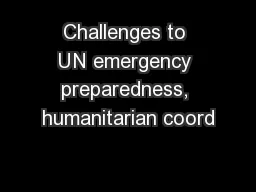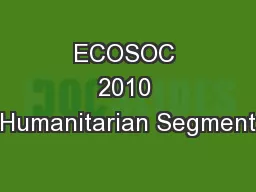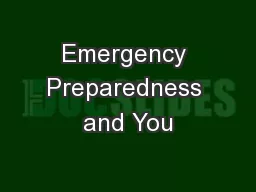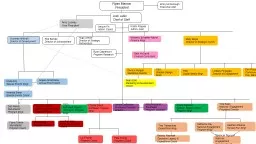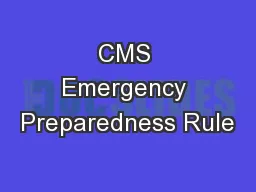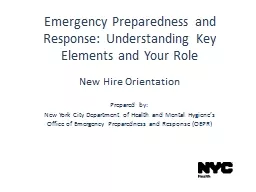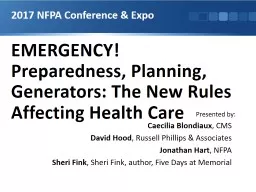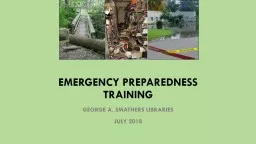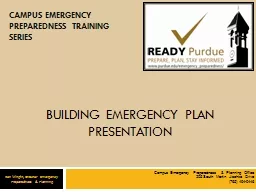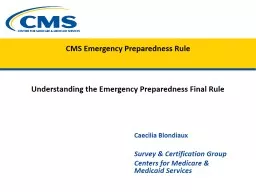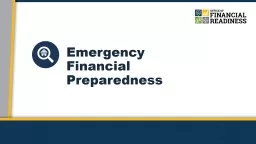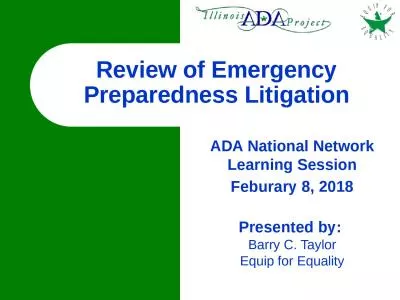PPT-Challenges to UN emergency preparedness, humanitarian coord
Author : jane-oiler | Published Date : 2016-03-20
events Study released in summer 2014 Carried out in cooperation with UNDP and OCHA Study carried out by UNIDIR Borrie and Caughley Oslo conference summary point
Presentation Embed Code
Download Presentation
Download Presentation The PPT/PDF document "Challenges to UN emergency preparedness,..." is the property of its rightful owner. Permission is granted to download and print the materials on this website for personal, non-commercial use only, and to display it on your personal computer provided you do not modify the materials and that you retain all copyright notices contained in the materials. By downloading content from our website, you accept the terms of this agreement.
Challenges to UN emergency preparedness, humanitarian coord: Transcript
Download Rules Of Document
"Challenges to UN emergency preparedness, humanitarian coord"The content belongs to its owner. You may download and print it for personal use, without modification, and keep all copyright notices. By downloading, you agree to these terms.
Related Documents

